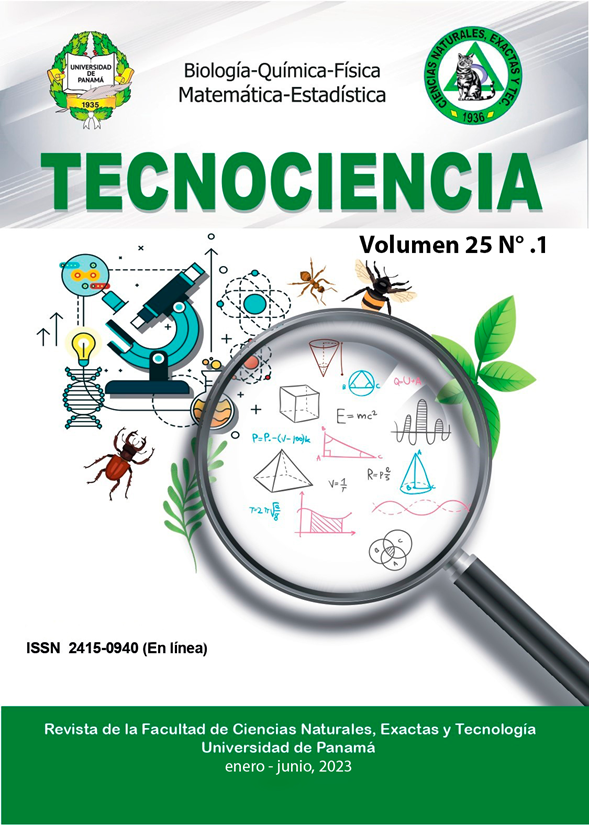


This work is licensed under a Creative Commons Attribution-NonCommercial-ShareAlike 4.0 International License.
A comparison was made between the standard model of the atmosphere, developed in its beginnings by the United States of North America and the model of the atmosphere in the El Cerro region in the province of Los Santos, located at latitude 7.75 ° and a length -80.25 °. This region was selected for its high convection. The study was carried out between NASA, the University of Costa Rica and the University of Panama in the period between July and August of 2007. The data was taken with state-of-the-art measurement equipment and using Globo Sondes, to obtain, some atmospheric parameters, used to predict climate change and its behavior over time. The comparison with the standard model, of the behavior of the atmospheric parameters, in the region under study, was made through the profiles of air temperature, pressure, relative humidity and mixed ozone concentration, and its variation with height. The experimental behavior of the atmospheric parameters measured in the region of El Cerro, Province of Los Santos, fits quite well to what the Standard Model of the atmosphere predicts, however, in the case of the temperature-altitude profile, it manifests itself a double slope, indicating that at the height where the inflection occurs, there is a process of thermal inversion by subsidence in which the coldest air is located below the condensation zone while hot air is located on this region. The experimental behavior of the results of the pressure-altitude profiles are interpreted by means of a mathematical model with an exponential variation, as indicated in the standard model.